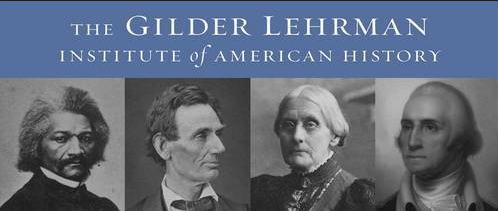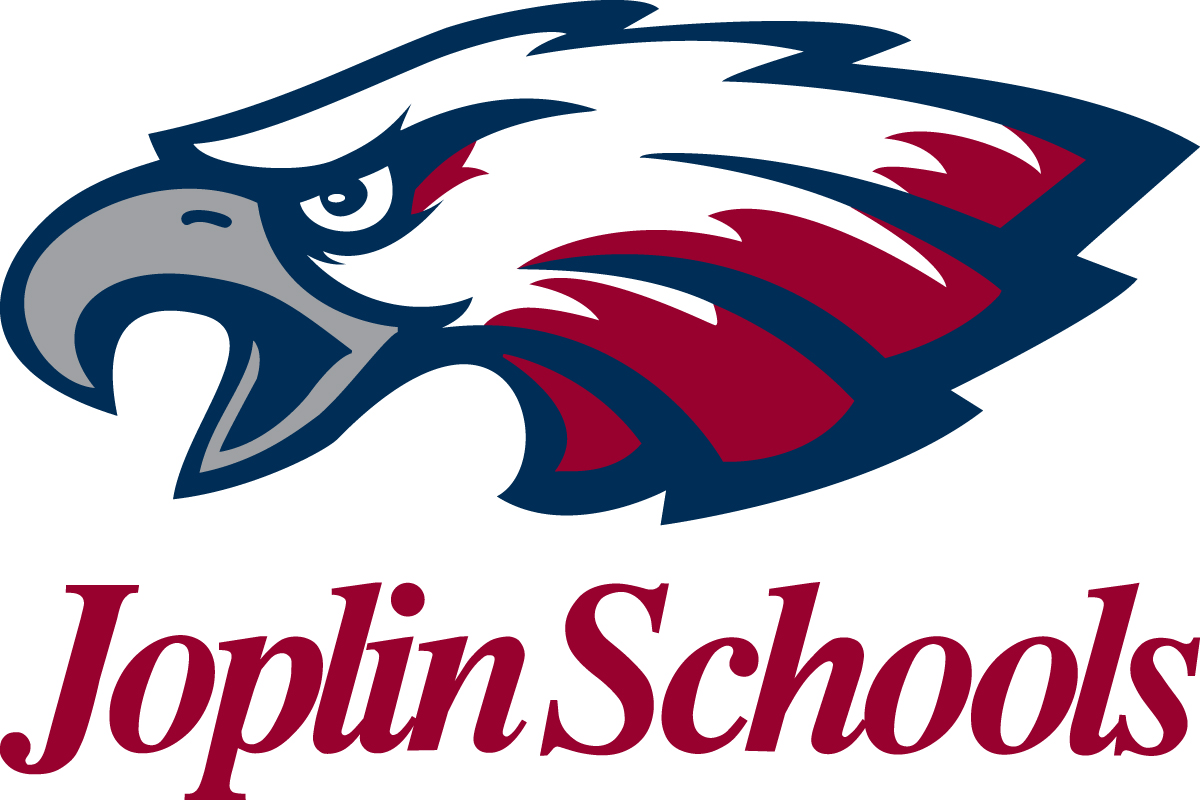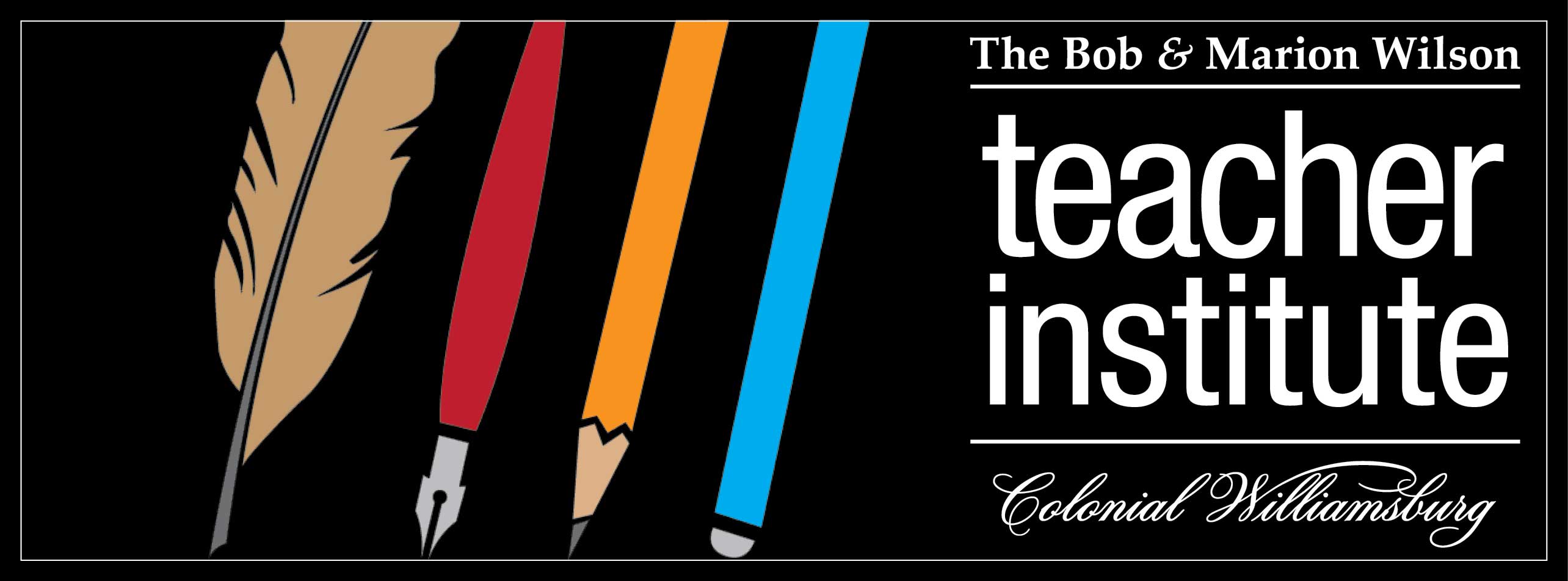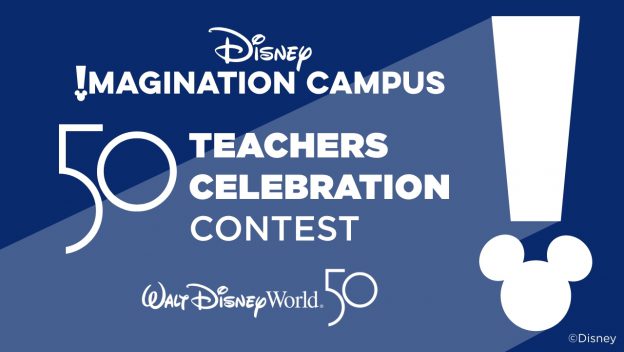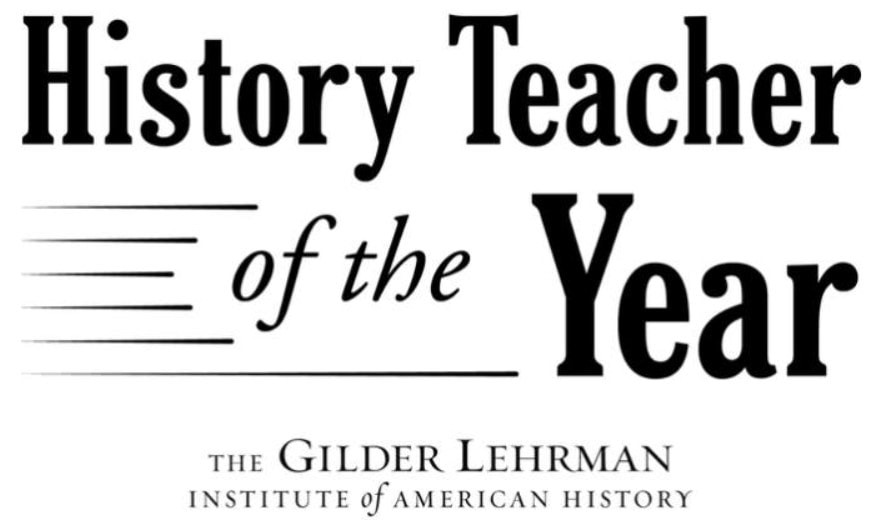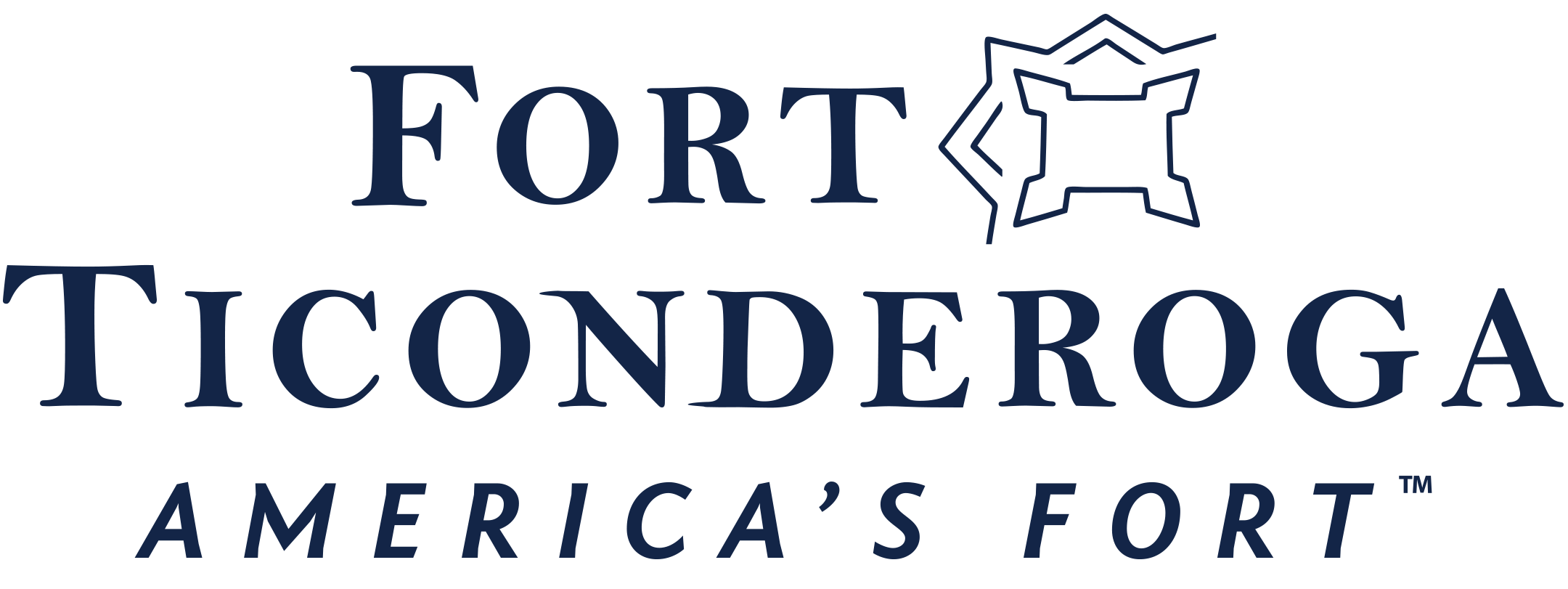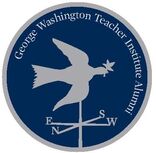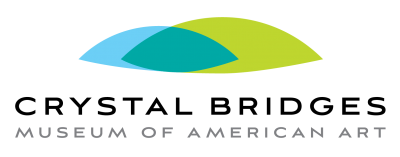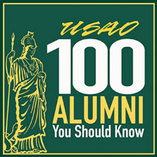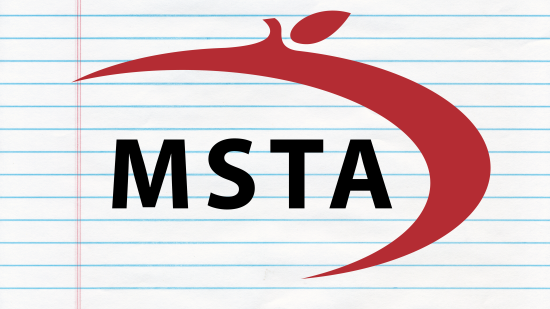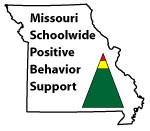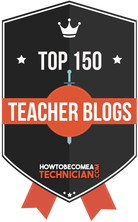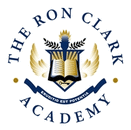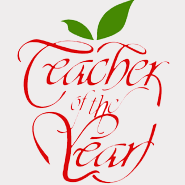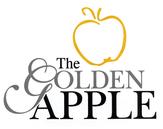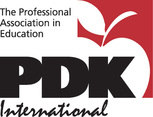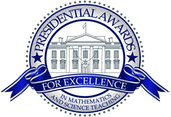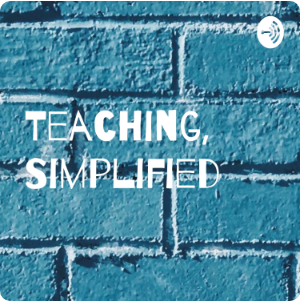George Washington permeates our fourth grade classroom in ways I never imagined. My summer residency at Mount Vernon renewed my interest in this iconic American figure to the point that he is now a lasting member of our classroom family. Not only does Washington appear in posters and portraits, not only is he prominently displayed on bulletin boards and webpages, and no longer is he relegated to lifeless readings in textbooks. We bring George back to life daily.
In our classroom, George Washington is not dead. Though he no longer visits us in living form, we travel in time to find him. We observe as he gathers his hair and straighten his cuffs to face the day, we watch him mount his horse and draw his sword, and we hear his voice. We truly wonder at his thoughts in each battle – as he witnesses the incredible slaughter of Jumonvillé, as he learns of the loss of ground at Bunker Hill, as he schemes to cross the icy Delaware on Christmas night, and as he lights the fuse to ignite the Yorktown battle.
We apply Washington’s thoughts to our own time – considering his Rules of Civility in connection with our own personal and classroom expectations, renaming our restroom breaks as "visits to the necessary", cheering for each other by shouting "Huzzah", dusting ourselves off when we fail, and respecting others.
George Washington stands before us, human, full of fault, a work in progress for all of his days. From his early pretentiousness, impatience, and selfish ambition, we follow him to more effective days of long-suffering, quiet thoughtfulness, and wise decision-making. One of our most valued ideas of Washington is that he develops as he lives. We appreciate that he is not a romantically perfect superhero or messiah, but that he courageously faces his flaws, toes the line, and serves others. He constantly takes risks, learns from his mistakes, and still moves forward. If there is an overarching theme that applies to ten-year-olds, it is the avoidance of being discouraged and the headfirst drive to improve.
I always seek to make connections for my students - connections to other areas of the curricula, connections to outside resources, and connections to students’ own lives today. With Washington accompanying us, we make use primary documents for reading, and we recreate Mount Vernon to understand symmetry in math. I curate and archive resources – primary sources, videos, music, art, readings, etc. – for use in our classroom, and I share most of these publicly on our classroom website for other teachers to use.
As I expect my students to learn, grow, and apply the things I teach them, I must also drive myself to do likewise. A single visit to the Teacher Institute at Mount Vernon lit a flame in me, encouraging me to continue to read and learn more about our founding era and that unusual combination of humans who made it all happen. It is a story I love to tell.
|
As a former participant in the George Washington Teacher Institute and a current applicant for the summer of 2019, I am required to compose an additional 500-word essay to tell how the institute influences my classroom and my teaching. Here is what I came up with:
0 Comments
Your comment will be posted after it is approved.
Leave a Reply. |
AnthemThe Hoggatteer Revolution
is an extensive, award-winning, inimitable, digital platform for Encouraging and Developing the Arts, Sciences, and honest Christianity in the beautiful, friendly LAND OF THE FREE AND THE HOME OF THE BRAVE This site is described as
"a fantastic site... chockablock full of interesting ideas, hilarious anecdotes, and useful resources." 
...to like, bookmark, pin,
tweet, and share about the site... and check in regularly for new material, posted often before DAWN'S EARLY LIGHT! History in ResidenceElementary Schools: Bring Mr. Hoggatt into your classroom for a week of engaging and rigorous history programming with your students. LEARN MORE BUILDING BETTER
|








